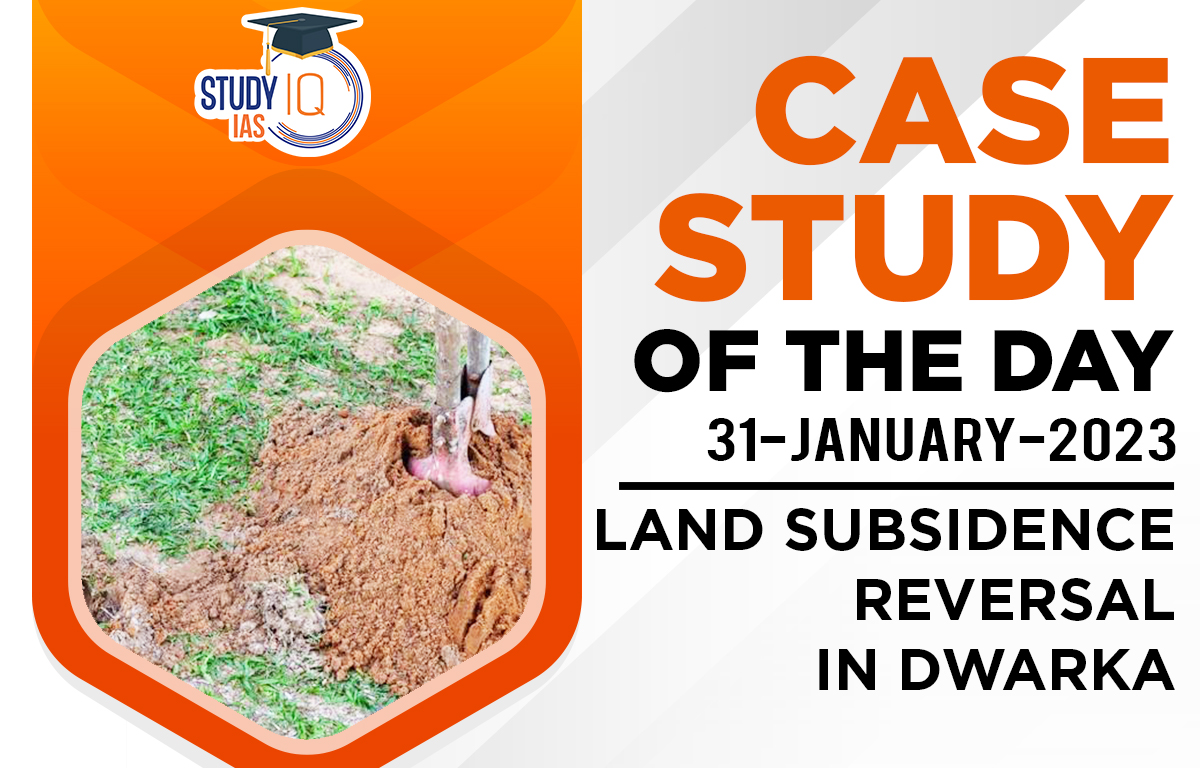Table of Contents
In News: Amidst the excessive Ground Water Extraction leading to Land Subsidence crisis in Delhi-NCR region, a study has highlighted a reverse “uplift trend” in Land Subsidence at Dwarka, a neighbourhood around Delhi Capital.
About Land Subsidence Reversal in Dwarka
- Land subsidence occurs when large amounts of groundwater are withdrawn from some types of rocks and underground soil.
- Several studies show that the same was happening in Dwarka.

Measures by Government and Residents that Resulted in Reversal
- Government Role: Government began supplying piped water to the residents so that borewells could be shut down
- Heavy fines were imposed on buildings still using borewells and residents began harvesting rainwater to increase the water table in the area.
- Local lakes were rejuvenated, helping the groundwater table rise.
- Government made it mandatory to irrigate thousands of acres of public parks and grounds using only sewage and treated surface water.
- Community Role: Residents came together to revive a 200-year-old local reservoir, by clearing weeds and silt to aid water percolation during Rains.

Conclusion
- India is one of the world’s largest users of groundwater, extracting more water than the US and China combined.
- Thus, considering the recent disaster of Land subsidence in Joshimath, there is a need to consider the measures in Dwarka as a model for other areas in Delhi and India, to reduce burden on Groundwater resource and prevent consequent impacts.


 SSC CGL Exam 2025 Apply Online Starts Ap...
SSC CGL Exam 2025 Apply Online Starts Ap...
 Daily Quiz 19 April 2025
Daily Quiz 19 April 2025
 Vehicle-to-Grid (V2G) Technology and its...
Vehicle-to-Grid (V2G) Technology and its...





















